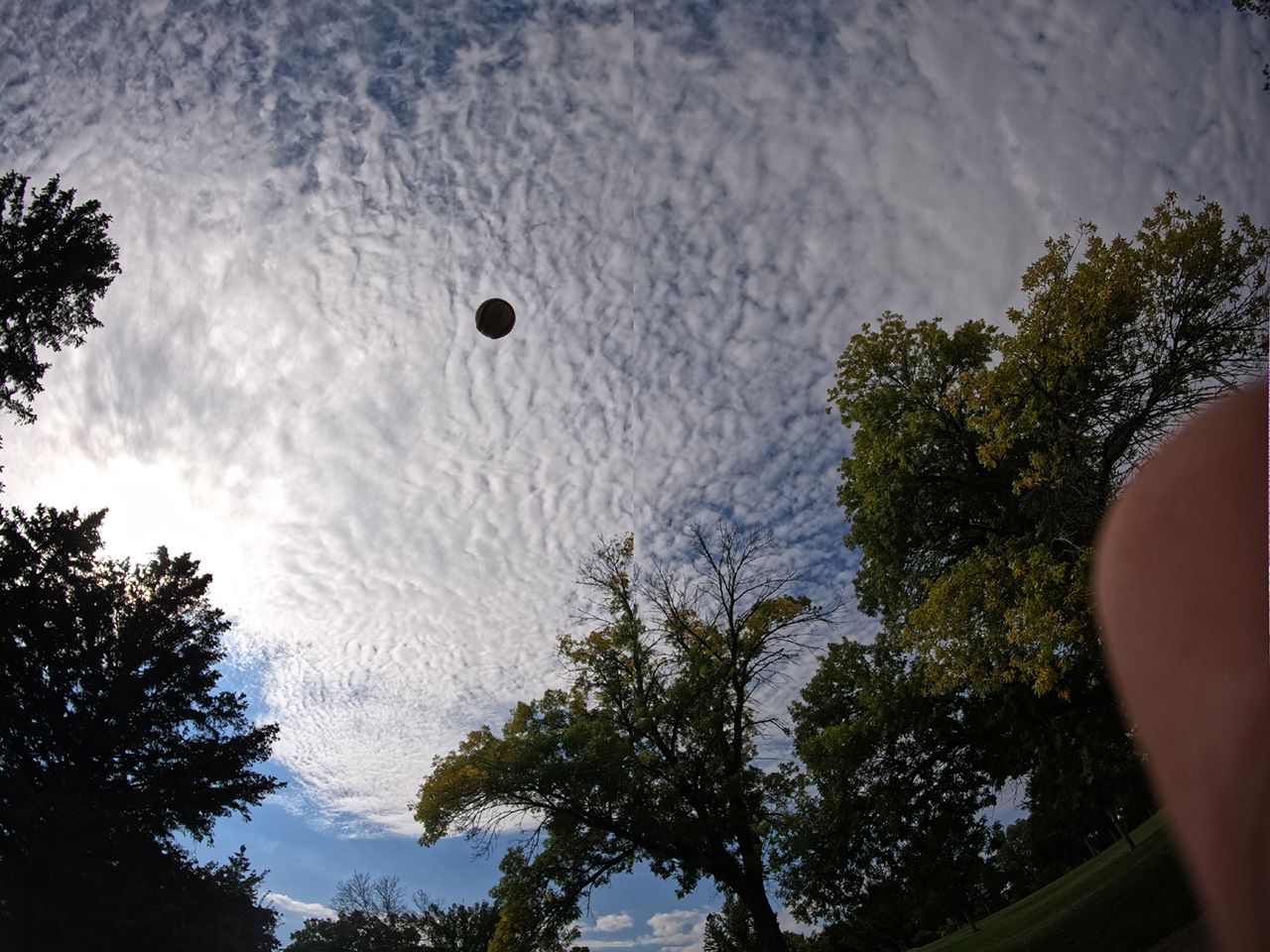GoPro HERO10 Black Review
- Easy to use hardware and software
- Robust services available, but not absolutely necessary
- Removable battery
- Top quality photo and video capture and features
- Front and back-facing displays
- You'll want a powerful phone to edit 5K+ video
- Charging batteries via camera is slow
- Charging batteries requires open bay door
The GoPro HERO10 Black convinced me that a dedicated camera device can be desirable and even necessary, even for a smartphone-using non-extreme-sports sort of person such as myself. During our first days with the GoPro HERO10 Black, we've taken the device on a journey through the basics, checking whether the device has the power to entice not only the hardcore user, but the odd shot hobby user or enthusiast, too.
Software and Hardware control
The GoPro Quik app is easy to work with – UX is based on the device on which you're using it. If you're used to iOS, the iOS version of the app is simple and intuitive. If you have an Android device, the GoPro Quik app is similarly easy to operate. GoPro have done the rare excellent job of being a developer of software that doesn't obviously favor one major mobile OS over the other – this is very, very good news.
The GoPro website and subscription system is also easy to work with. I'm rarely the sort of person to want to subscribe to a service, especially after I've purchased a device for several hundred dollars or more. As such, I made absolutely sure that our judgement of this device wasn't based only on the GoPro subscriber experience.
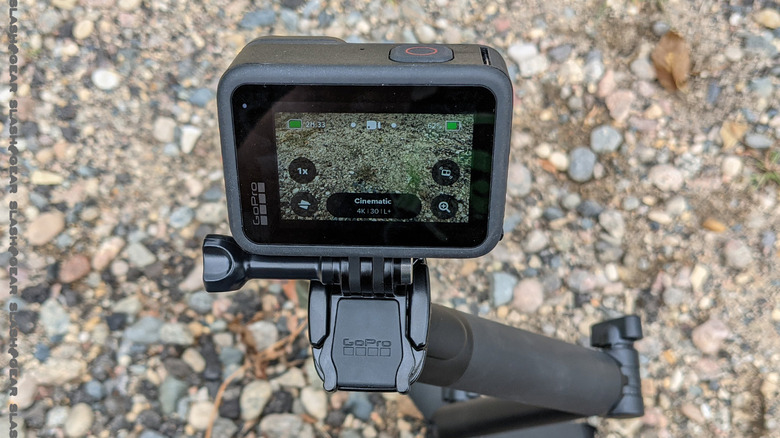
The current GoPro camera experience – hardware and software – is as user-friendly as I've ever found it in a digital camera. I'm including point-and-shoot cameras, extreme action cameras, and multi-thousand-dollar DSLR cameras in this call: In the year 2021, GoPro has the camera control user experience on lock.
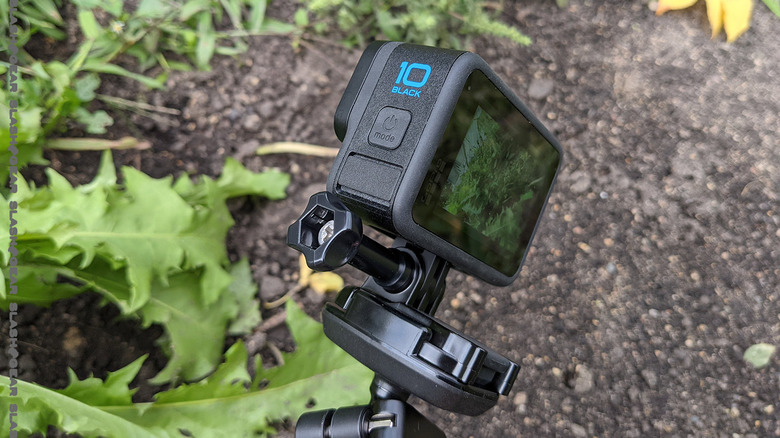
This device has touchscreen controls on the back, one hardware button on top, another hardware button on the side – and that's it. If you just want to use the camera and no software on your smartphone for capturing media with this tiny GoPro device, you can. You do not need to be familiar with GoPro UX in order to pick this camera up and start shooting within minutes.
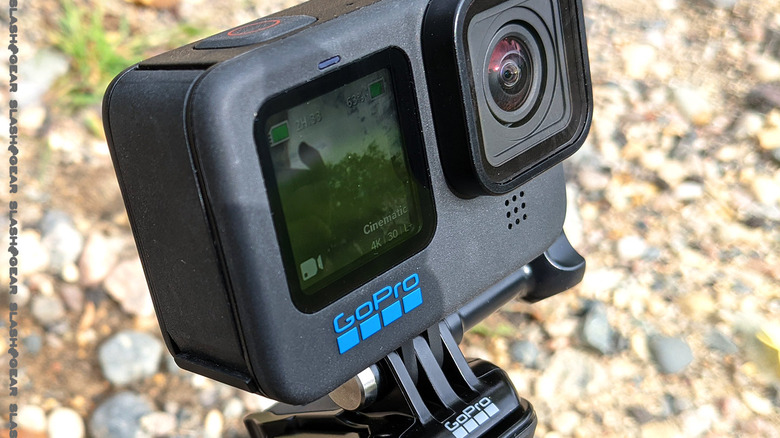
This device has a front-facing display as well. This display is tiny, but usable, so long as you're not getting blasted by direct sunlight. This front-facing display is not a touchscreen, it is instead a full color panel that can be a sort of mirror on the camera side, a display showing the status of the camera, or turned off (if you don't need it and want to conserve battery as much as possible.)
Media Capture
GoPro HERO10 Black has the ability to capture up to 23MP photos and 5.3K video at 60FPS, 4K video at 120FPS, or 2.7K video at 240FPS. This camera can capture 8x slow motion videos and includes the newest version of GoPro's "HyperSmooth" stabilization. This device has HyperSmooth 4.0 switched ON as a standard, and increases the horizon leveling tilt limit from 27-degrees (in HyperSmooth 3.0 with HERO9 Black), to 45-degrees.
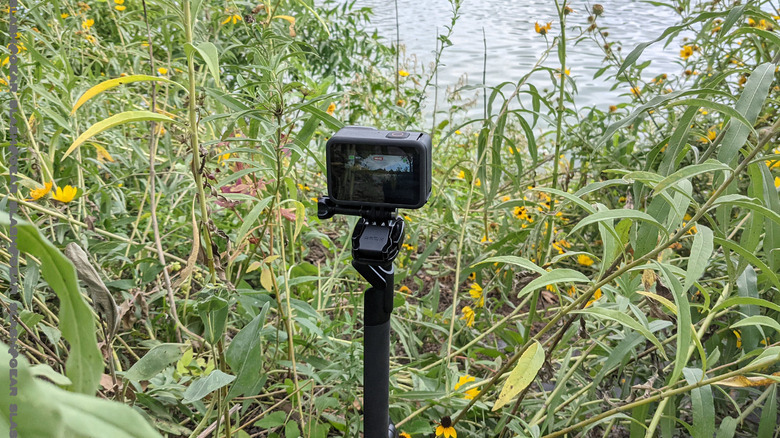
This performance is courtesy of the GoPro GP2 engine inside. This is the first major SoC update to the GoPro line since the GP1 was first released with the HERO6 Black in the year 2017.
This device works with waterproofing up to 33ft (10m) and includes "hydrophobic, water-shedding glass" in its front-facing lens cover. This device works with voice controls (if you wish), LiveBurst, and Scheduled Capture features.
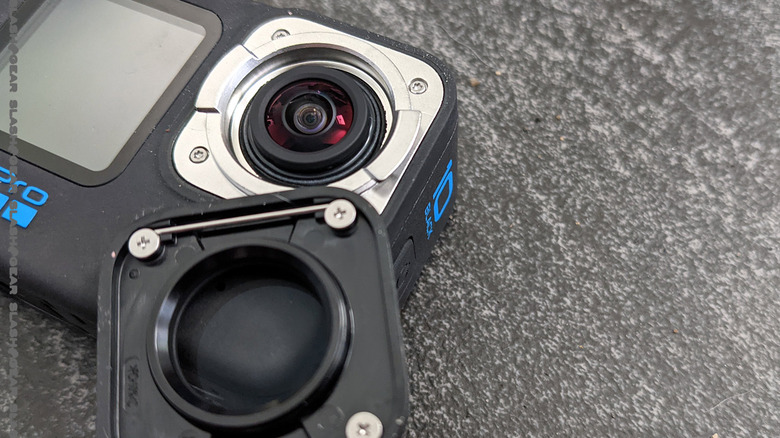
Data Overlays utilize the various sensors inside the device, giving the speed of the camera as it captures data, GPS data, height, distance – all included with each capture, if you wish. These can be shown as overlays (stickers, effectively) with GoPro Quik software.

We scarcely found an environment or situation in which the GoPro HERO10 Black did not perform well. An important thing to keep in mind, though – this device is made with video in mind, first. It doesn't have the sort of tap-to-focus system you'll find in most smartphones, and it's not made for macro photos*. Instead, it's more like a video camera that just happens to be pretty decent at capturing photos, too.
*Notice the relative lack of focus when we're attempting to capture subject matter up close and personal. Again, this camera is great for photos so long as you're not trying to snap your subject super close.
NOTE: There does seem to be an issue at the moment with wide-angle photo capture with SuperPhoto – a bit of a vertical edge appears, as if one side were processed a fraction of a second different from the other. This is very, very likely something that can be corrected with a software/firmware update to the camera.

In any case, we'll keep this review updated as the device and its supporting software are updated. We'll also be adding more photos and/or video as the camera gets updates. Especially if the live public software changes the quality of the photos, video, or features of the GoPro HERO10 Black.
Above you'll see a sampling of videos captured with the GoPro HERO10 Black with the device before its official release date. This video footage focuses on everyday subjects like birds and bees, standard video capture, slow motion video capture, and time-lapse capture.
Battery Life
One of the most major bummers about a device of this size with the capabilities this device has is the inevitably(?) fast battery drain. That's depending on what you're comparing the device to, of course. This new HERO10 Black lasts at least as long as its predecessor – over an hour of 4K60 video can be captured before it's drained a single battery from 100% capacity.
If you're using the camera for a long hike and plan on taking multiple lengthy videos, you may want to buy and pack a spare battery. One MAJOR benefit of having a GoPro HERO10 Black on hand instead of a smartphone is the swappable battery situation – buy a bunch of spares and you'll be set for the longest of adventures.
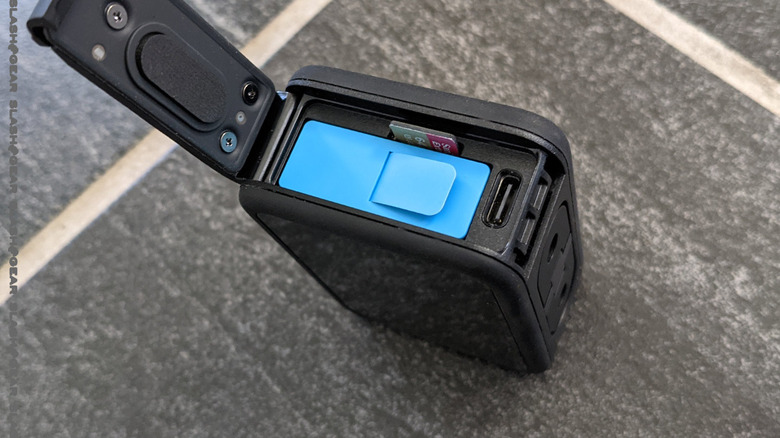
The down side of the removable/replaceable battery situation with the GoPro HERO10 Black is in the charging. You can charge a battery in the camera itself by plugging the device in with a USB-C cord. While the charging is happening, you'll need to keep the bay door awkwardly open, and charging the battery up isn't particularly speedy. You'll likely want to look into buying a separate charger device for GoPro batteries so your camera doesn't need to be charging batteries when you could be out shooting videos and photos.
Wrap-up
The GoPro HERO10 Black is an investment, especially if you don't already have a burning need for a device such as this. If you've used GoPro cameras in the past, this is the new top dog. It's the best camera GoPro has on the market today, and it improves on its predecessors enough that it's worth the cash for the upgrade.
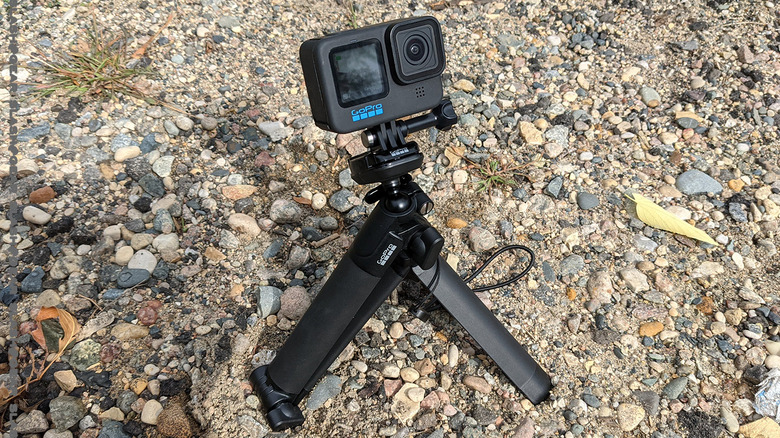
If you've never used a GoPro device before, you may want to look into buying an older-gen model first. Now that GoPro has been around for a few years, older models (which are, by and large, still perfectly usable), can be affordable enough that they can be purchased for almost any level of user.
But once you use this GoPro HERO10 Black, you'll have difficulty using a camera with lesser abilities ever again. The ease of use, the hardcore nature of the hardware, and the quality of the media it can capture is well worth the buy.
The GoPro HERO10 Black release (release date: September 16, 2021) changes the pricing structure of the full GoPro camera line. The GoPro HERO10 Black has a price of $499 MSRP on its own, or $399 with subscription. The price of the HERO9 Black and HERO8 Black are bumped down to $399 and $299, or $349 with subscription and $279 with subscription. If you're looking for the GoPro MAX, you'll be dropping $499 or $399 with subscription.




